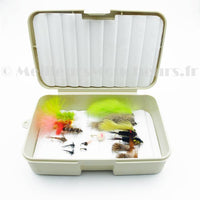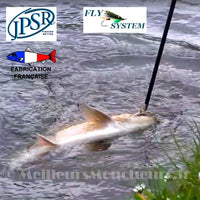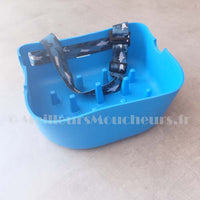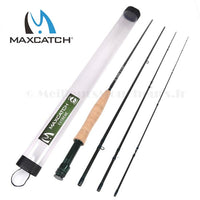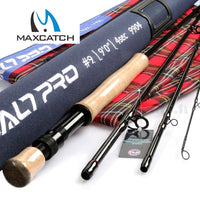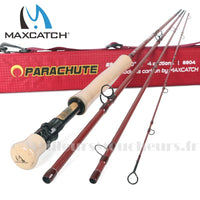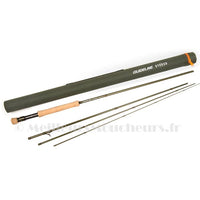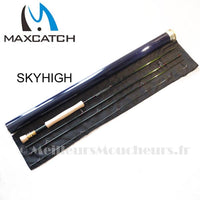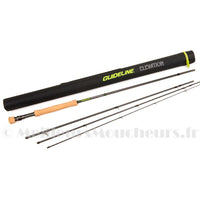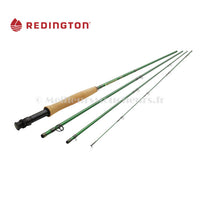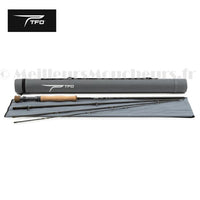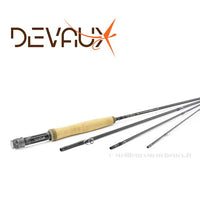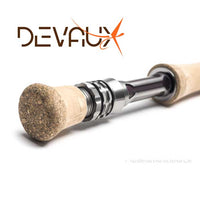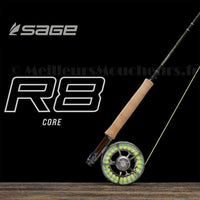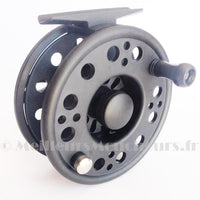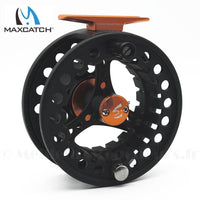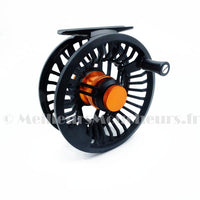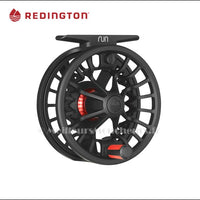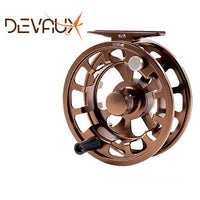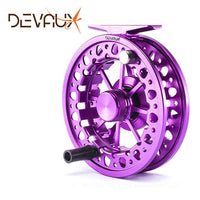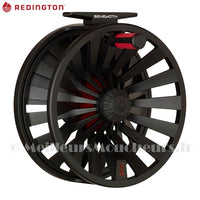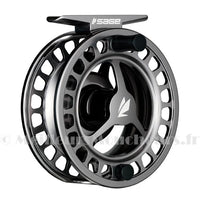Lakes and reservoirs
If you are looking for the fight with big fish, lakes and reservoirs are your domain: from fishing, hiking in mountain lakes to a breath of fresh air in a beautiful reservoir close to our cities, you will attack rainbow trout and other beautiful Pisces.
A simple but powerful equipment (without excess!) allowing the casting at great distances of sometimes heavy flies in floating or diving silk, the fight against the often present wind and the control of fish over 40cm will be your best ally.
Characteristics of lakes and reservoirs?
Lakes and reservoirs allow you to practice fly fishing quite different from river fishing but no less attractive.
The calm of these bodies of water is appreciated by many as well as the possibility of fishing comfortably from the bank or from a boat or float tube . It is often possible to have a lot of equipment with you to change depending on the fishing technique and in particular several rods and reels.
Even if fishing the edges should not be neglected, it is generally necessary to be able to fish far away. Fish often hold just a little past most of us' maximum casting distance...
The significant water depth requires having specific equipment to reach fish at different depths.
Lakes, especially at altitude, are prone to wind and the flies used, such as streamers , can be large. The fish reach very good sizes.
All this argues for fairly powerful equipment.
Which rod to choose?
A slightly long rod is preferable both to increase casting power and to raise the line relative to the ground, knowing that you mainly fish from the bank. A length of 9 to 10 feet is recommended.
A fast action rod will be useful to the good caster to reach the most distant fish but is not necessarily recommended for everyone, knowing that a significant relative power is necessary which can quickly become tiring if you do not does not have a well-established throwing technique.
A minimum power of #6 is recommended and you can go up to #7 or #8 depending on the size of the flies used, particularly for larger streamers. It is nevertheless advisable to remain reasonable to avoid fatigue ruining any fishing pleasure: for medium-sized flies and small streamers it is not necessary to go up to a power of 8. In all cases the rod should not be a Rigid “cudgel” but keep a progressive action to be pleasant, especially as you increase in power.
Which reel is suitable?
Here you can be confronted (and I hope so!) with very beautiful fish: a reel equipped with a quality brake can prove essential. Knowing that you release a lot of line with each cast, a quick recovery will allow you to fish more: a large harbor reel has its place. It is important to check that it has a good capacity to accommodate a line of good power and a good amount of backing: it would be a shame to break the end of the line the day the fish of a lifetime is at the end of the line...
Which silk to choose?
A fairly powerful line #6 to #8 should be used. A Weight Forward (WF) profile will be well suited to facilitate long casts. For mountain lakes, transparent silk will be an additional asset of discretion.
You will quickly need to have at least one diving line in addition to your floating line, for nymph or streamer fishing. Different speeds exist (S1 to S6) to quickly reach different depths. An S2 or S3 line already allows you to discover this type of fishing. These lines are heavy and quite difficult to cast: never take them from a number higher than the rod at the risk of tiring your arm... and the rod.
Which leader to use?
The choice of leader can vary greatly depending on fishing techniques. However, the use of large leaders (3m60 and more) can prove difficult in the event of wind and not necessarily very useful (especially in reservoirs). . A classic size of 2m70 will often be more suitable, to be shortened or lengthened a little depending on the situation. The size of the point is larger than what is used in rivers. In reservoirs and no-kill fishing, it is advisable to stick to fairly large points (16/100) to bring in nice fish without tiring them too much, which would impact their chances of survival. Using Snake Skin Like micro-braids is also an option combining discretion and resistance.
Other material
Don't forget a large, long-handled landing net! A throwing basket can make your life in the tank a lot easier.



